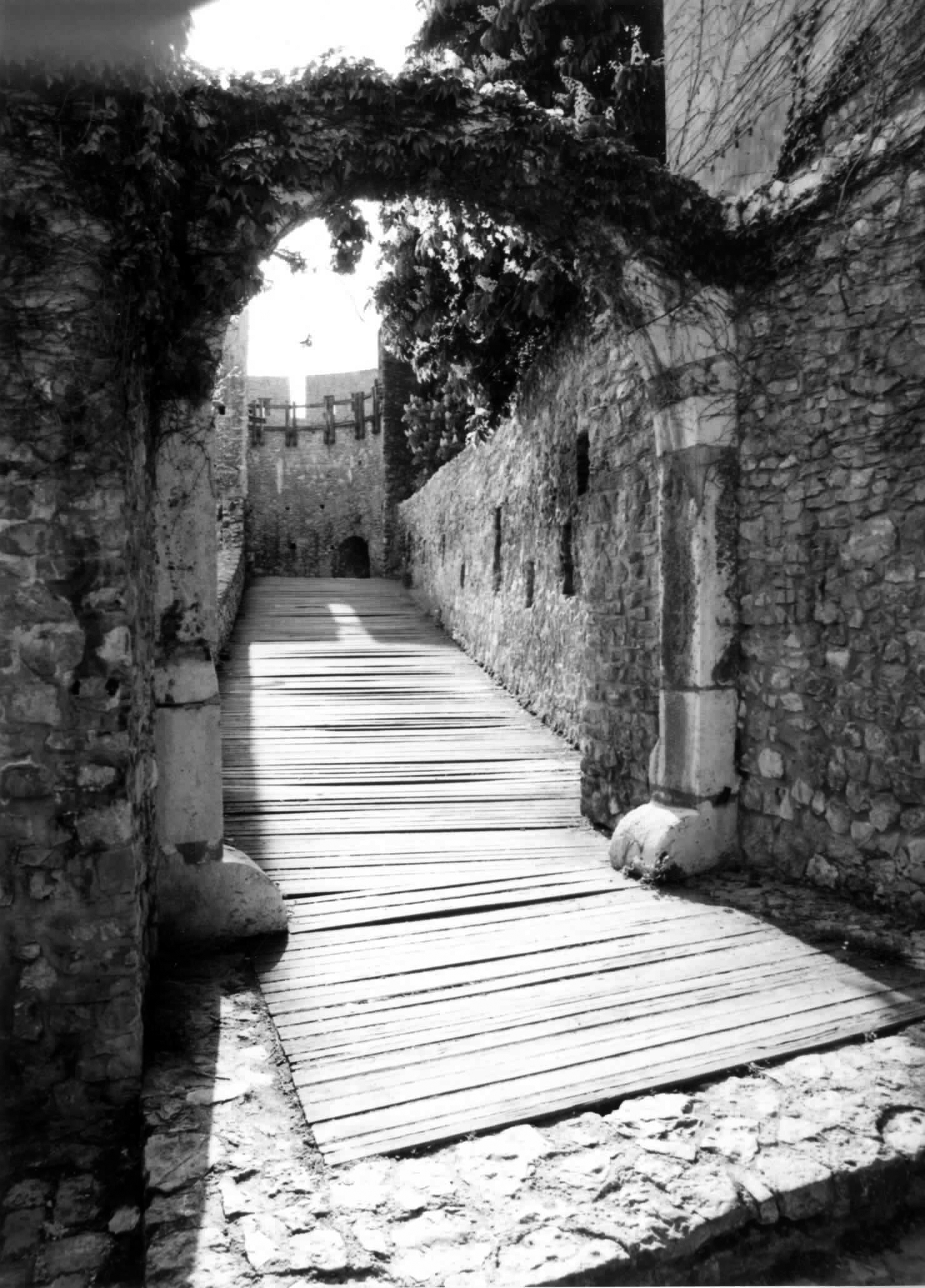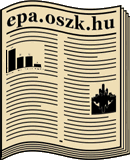The Results of Archaeological Explorations and Research of the Bishop’s Palace (medieval University), the Chapel of Aranyos-Mária and the Sepulchre of Vilmos, the Bishop of Pécs
DOI:
https://doi.org/10.15170/PAAA.2017.04.01-02.03Keywords:
archaeology, excavation, localization, medieval university, university buildings, Bishop's Palace, Pécs, William of KoppenbachAbstract
The following paper discusses the history and the results of the archaeological research at Bishop’s Palace in Pécs during the second half of the 20th century. This research had particular importance in defining the location of the medieval university. The localization of the university building had already engaged the scientific groups concerning the history of the institute since the early 1900s. However, the exact location and layout of the building could only be determined by archaeological excavations. The exploration began in the eastern part of the castle, north of the cathedral, and a large room, the grand hall of the university (aula magna) emerged, together with a stone crest at the outdoor entrance, belonging the bishop, Wilhelm of Koppenbach, the founder of the first Hungarian university. Foreign parallels indicate that the Chapel of Aranyos Mária was supposed to serve as a college chapel. Also the grave of Bishop Wilhelm was found in the chapel, who died in 1374. During the excavation of the tomb a sculpture cemetery has been appeared including architectural memorials, sculptural remnants of the chapel and parts of the burial site of Bishop Wilhelm. The restoration procedures related to the excavation material began in the nineties, and followed by an exhibition in mid-2000 at the reconstructed building of the medieval university.
Photo: Róbert Hack
Downloads

Downloads
Published
How to Cite
Issue
Section
License

This work is licensed under a Creative Commons Attribution-NonCommercial-NoDerivatives 4.0 International License.










